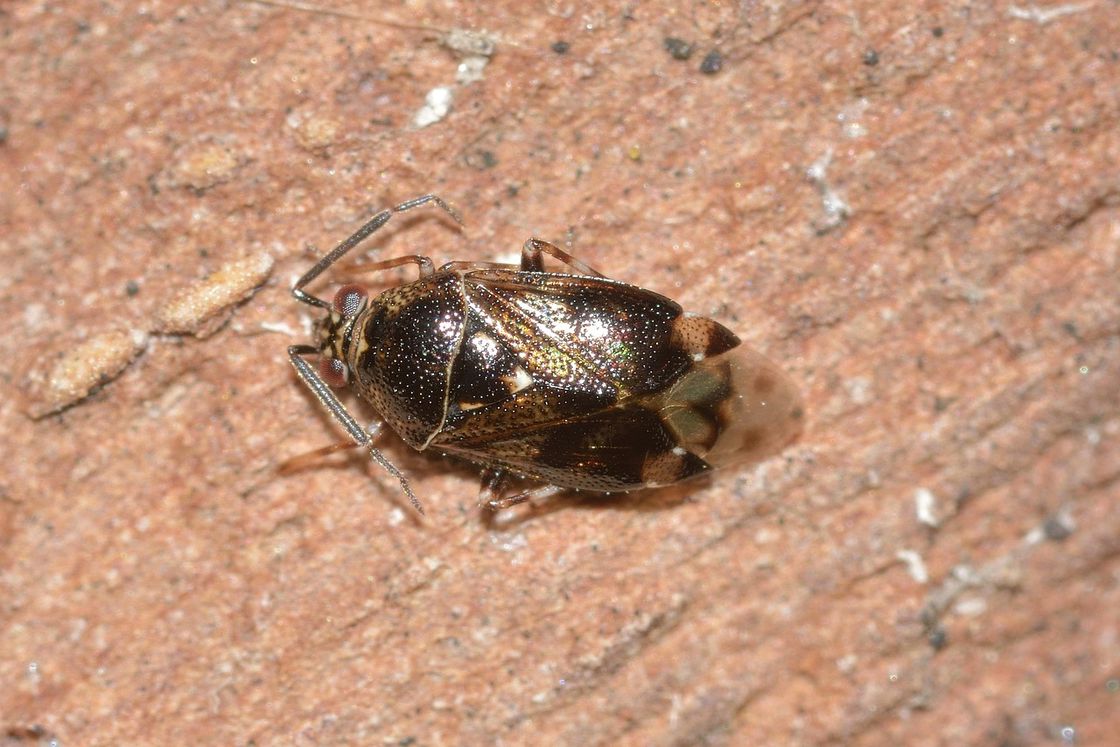
Bed bugs are reddish-brown insects that feed on human blood. These creatures are always tricky to eliminate once they invade your home. This is because they can fit into cracks and other openings. Therefore, understanding how to check for bed bugs is ideal to help fight them before they multiply.
How to Check for Bed Bugs
There are a dozen methods of fighting these creatures; however, finding the best method to eliminate them is ideal. You don’t want to repeat the same method repeatedly without getting a meaningful result.
If you have been encountering challenges trying to get rid of bugs, it is time you try our product. Self Control Pest offers an ideal commercial grade pest product to help you eliminate bugs for good. The product is effective in eliminating varieties of pests and also has a long residual effect.
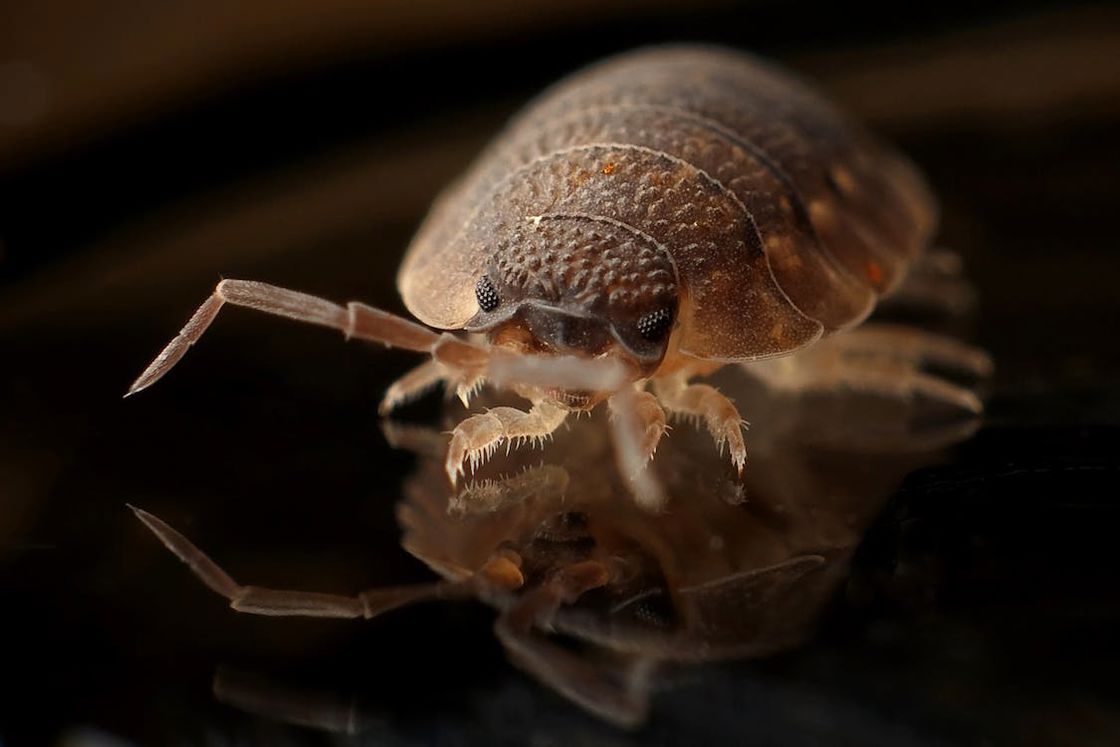
Proper pest control is important to ensure success. If you are doing pest control yourself, the first step in eliminating bugs is identifying the hiding place. This way, you will apply the product to the targeted area. That said, here are some of the simple ways of checking for bed bugs in your home:
Using a Flashlight
Using a flashlight is one of the best ways to check for bugs in your home. Remember that bugs hide in dark places such as cracks and other dark places to avoid being seen. So, to reach these places, you need a powerful LED flashlight to check them out.
You may also need other tools to aid in this process. For instance, you may need a magnifying glass to help you check for young bugs that may be difficult to check with the naked eye. The glass will also make it easy to check for bugs’ eggs.
Another crucial material is a small rod or a flat-edged object like a credit card or paint scraper that can enter the tiny cracks and crevices. This will help trigger their movement, making it easy for you to locate them.
Using Sticky Traps
Using sticky traps is another excellent way to check for bugs in your home if you suspect an infestation. Place your sticky trap in the areas you suspect these creatures are hiding or where they are likely to travel.
Some of the best places to place your trap include the bed, installed mosquito nets, baseboards, box springs, or near cracks and crevices. If you can find two or three stuck in the trap, it is time to take action before things get off hand.
Using Scented Traps
Bugs are sometimes attracted to certain scents, like carbon dioxide. This method works similarly to sticky traps and requires an ideal placement. For instance, to ensure you notice bugs in the house, you must place the scented material where you suspect they congregate. Other ideal places to place the trap include joints of drawers, folds of curtains, and between the cushions of sofas and chairs. You can also take the scented trap to your neighbor's house, as this could be another source of bed bugs in your vicinity.
Other ideal places to place the trap include joints of drawers, folds of curtains, and between the cushions of sofas and chairs. You can also take the scented trap to your neighbor's house, as this could be another source of bed bugs in your vicinity.
Visual Inspection
This method involves inspecting your entire house to check if there are bugs. No material is needed. All you need to do is check for signs of bugs, such as droppings, blood stains, dead bugs, shed skins, or damaged furniture and fabrics.
The only drawback to this method is that you may only notice you have bugs if you have a large infestation. This could be a disaster since the bugs have multiplied in your house, which needs a proper method to eliminate all these pests.
Early Signs of Bed Bugs Infestation
Every disaster in waiting always has an early sign. The same happens with bugs. You need to familiarize yourself with these signs to help you find the best way to tackle bug infestation. The following are some of the early signs:
- Blood stains on your bed sheets and mattress
- An unpleasant musty odor around your bed
- Bedbug droppings, or black dots about the size of a period
- Dead bugs around your bed and on baseboards
- Shed skin that looks like the bugs themselves
- White oval eggs around your bed and other places where these creatures congregate
How to Get Rid of Bedbugs
After identifying where bugs hide in your house, you must jump to the next step. That is eliminating them. So, if you are finding it challenging to eliminate bugs in your home, here are some of the DIY methods that will help:
- Vacuum your bed area daily to suck bed bugs and their eggs. Ensures you vacuum the mattress, spring box, and windows.
- Repair cracks in plaster and glue down peeling wallpaper to seal off the areas where bugs hide and build their nest.
- Wash your bedding and other clothing material around your home in hot water and dry them in the highest dryer setting.
- Use an ideal DIY product with a long residual effect and pyrethroid as an active ingredient.
Frequently Asked Questions
Where Do Bugs Hide on Your Body?
Bugs can hide in the neck, face, arms, legs, and other body areas with little hair. These places may be ideal since they provide the bugs with warmth. The food is also readily available(blood).
What Instantly Kills Bugs?
Heat is known to kill bugs. That is why it is advisable to wash your clothes and bedding in hot water and dry them in the highest dryer setting. You can also use steam cleaning to clean your carpet if you suspect bugs infestation in it.
What Kills Bugs Permanently Naturally?
Diatomaceous earth is a chemical-free pesticide that can kill various insects permanently. It is a natural powder that can dehydrate and absorb the fats and oils in bugs, killing them permanently.
Conclusion
Checking for bugs requires properly inspecting your bedroom, bed, bedding, and other areas around your home. Check for bugs using lights, traps, and scented materials, or try visual inspection. After checking and identifying the areas, it is vital to begin the elimination process using an appropriate method.
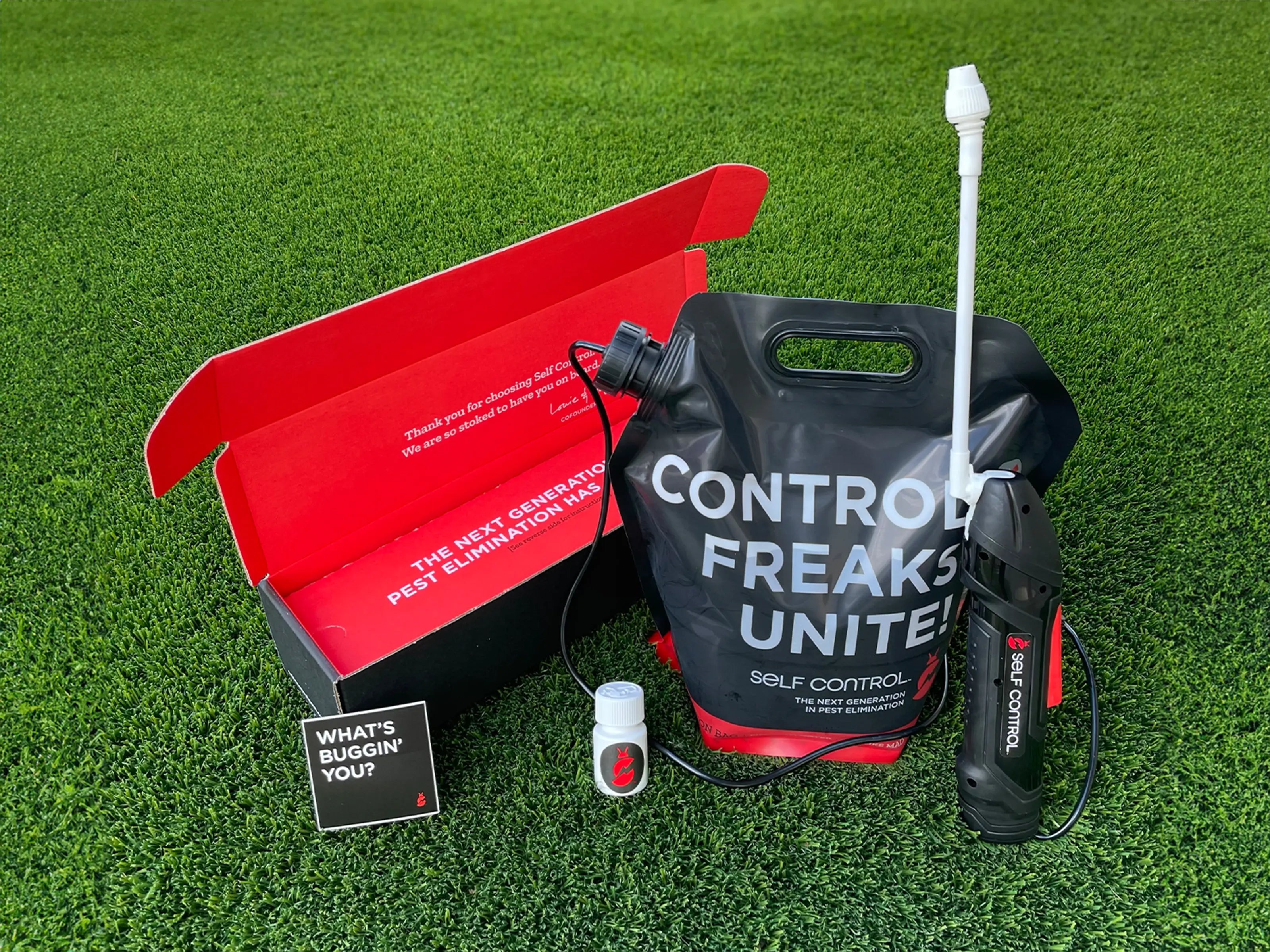
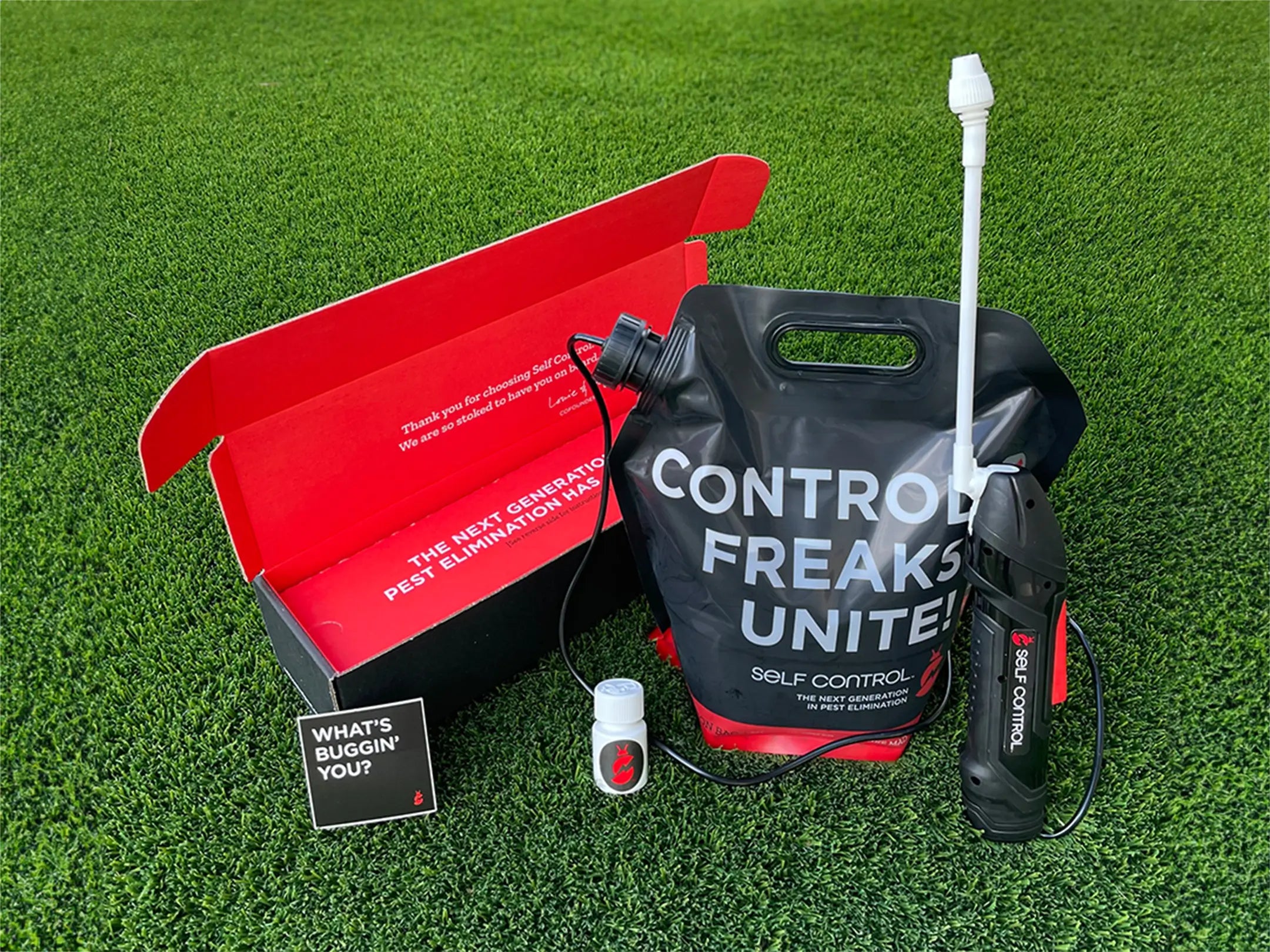
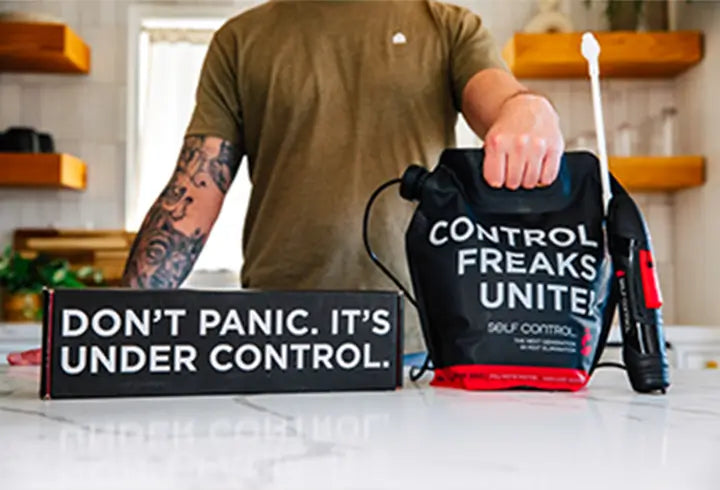
Comments (0)
Back to Critter Chronicles